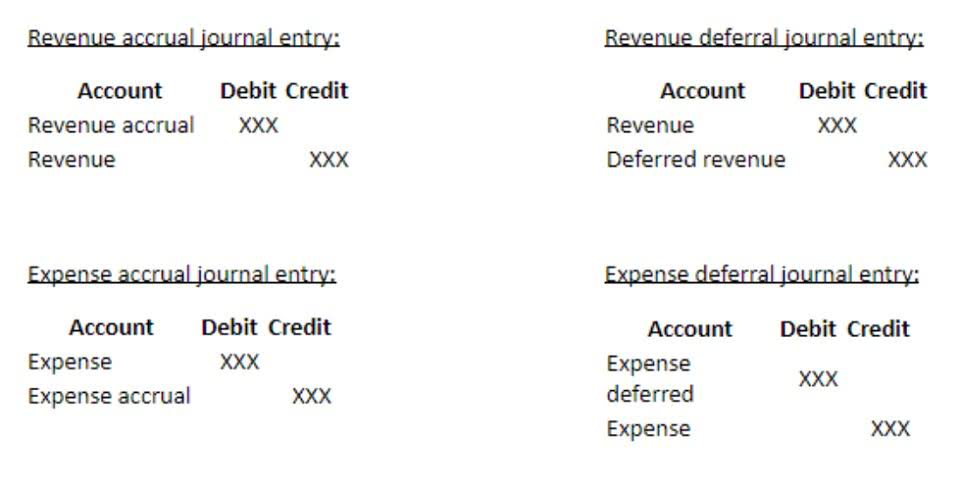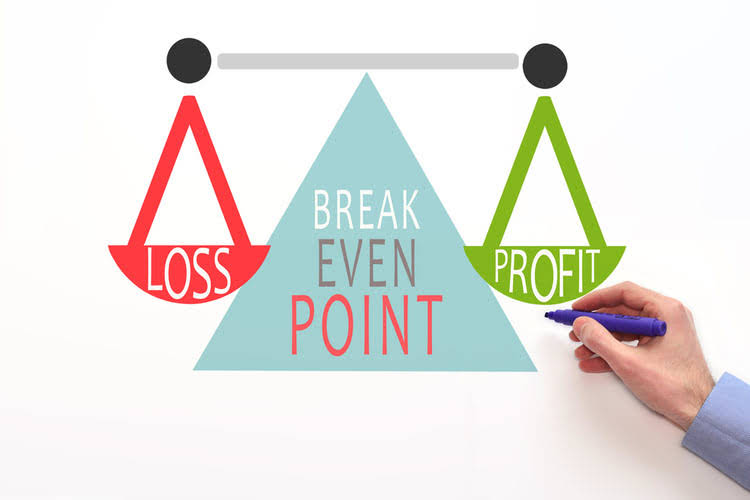
With the cost pools and drivers in place, the next step is to calculate the cost driver rates for each cost pool. This can be done by dividing the total overhead cost of each cost pool by the total number of cost drivers. These rates allow for cost allocation to products based on the resources they consume.

Facility-Level Activities
However, it has been adapted and applied to procurement with great success. An eagle-eyed handlingwill be more helpful than a method that considers all items identically. This includes pens,printing papers, paper clips, printing of marketing materials etc. Medical suppliesaccount for most of the budget 24 Million/80%, but the item/supplier number arethe lowest – only 10% or 30 out of 300. They are the most important goods in the operations of the clinic whichmay include surgical gloves, face masks, medical disposables. The breakdownproposes that inventories are not of the same value; therefore it requiresdifferent management tactics and controls.

How does ABC differ from traditional costing methods?
- By collecting and reporting on the significant activities in which a business engages, it is possible to understand and manage costs more effectively.
- With ABC, you also gain better insight into which products are genuinely profitable and which may be financial dead weights.
- Back to where we started, with the never-ending balancing act of pricing your products.
- With activities and cost drivers identified, the next step is to assign costs to activities based on their consumption of resources.
- Invest in training your inventory managers and supply chain staff on the principles and applications of ABC analysis.
It ensures that there’s accurate allocation of costs to designing, testing, production and maintenance activities. ABC has been defined by CIMA as ‘cost attribution to cost units on the basis of benefit received from indirect activities e.g. ordering setting up, assuring quality’. According to Horngren, Foster and Datar ‘ABC is not an alternative costing system to job costing or process costing. Rather ABC is an approach to developing the cost numbers used in job costing or process costing systems. The distinctive feature of ABC is its focus on activities as the fundamental cost objects.

Understanding the ABC Method of Costing

The cost of such activities is driven by number of batches of units produced. (2) Assigning costs to activity cost centres i.e. assigning costs to cost pools or cost centres for each activity. Activity Based Costing is based on the belief that in production process there are various activities which give rise to costs. ABC creates a link between activities and products by assigning a cost of activities to products QuickBooks based on an individual product.
What Types of Businesses Benefit from Activity-Based Costing?
- By identifying necessary expenditures, grouping them into appropriate cost pools, and determining cost driver rates, businesses can make better financial decisions and improve profitability.
- With activity-based costing, product-focused businesses can get into the nitty-gritty details to better allocate expenses.
- ABC analysis helps warehouse managers manage higher-value inventory items and maintain safe stock to avoid stockouts.
- By categorizing his coffee beans with the ABC analysis, Tom can concentrate his efforts on the most profitable products, optimize his inventory levels, and enhance his shop’s overall profitability.
- You’d be surprised by how many students struggle to recall individual sounds in isolation.
Remember, the quality of information gathered will directly affect the insights you can draw from the ABC system, so investing time and effort here will pay off manifold. Before you can embrace the advantages of Activity-Based Costing, gathering the right kind of data is imperative. This means not just financial figures, but also operational data that reflects the real usage of resources by different activities within your company. Precision in this step is non-negotiable; the data you collect forms the bedrock upon which your entire ABC model is built.

When it comes to determining the abc principle definition most suitable cost accounting system for a business, evaluating the differences between activity-based costing (ABC) and traditional costing methods is essential. Both methods have their own distinct approaches to allocating overhead and indirect costs to products and services, which may offer varying levels of insights and accuracy for businesses. In the realm of accounting and financial management, the concept of Activity Based Costing (ABC) sets forth an innovative approach to assigning overhead and indirect costs to corresponding products and services. This methodology transcends traditional cost assignments by taking into account the complex relationship between costs, overhead activities, and products.
- If we’re looking on atimeline drafted for one month, purchasing “A” items can be done weekly, “B”items in a bi-weekly frequency and “C” items every 4 weeks.
- This approach not only improves cost transparency but also supports informed decisions about service expansion, pricing, and resource optimization.
- It presents asolution to maladministration of inventory within purchased items or availedservices.
- The second principle states that different products, in turn, consume different levels and types of activities.
- The rest fall into category Z, which includes the most unpredictable products with the highest demand variability.
- Beyond such selective application of the concept, ABC may be extended to accounting, hence proliferating a full scope of cost generation in departments or along product manufacturing.
- This could help identify areas of inefficiency in a product line, or highlight areas of potential cost savings.
The core principles of Activity Based Costing
For C-class items with low consumption value, you do QuickBooks ProAdvisor not need a lot of safety stock by definition. For example, if you have items that are consumed in huge quantities at a time but very irregularly, then by using the ABC method, you could classify them as A-class articles. However, due to them being used periodically, having a large amount of them in inventory at all times would be unfeasible. In fact, C-items can most often be purchased in bulk or by using a just-in-time approach. B-category items should receive less attention than A-class items, but should not be overlooked.